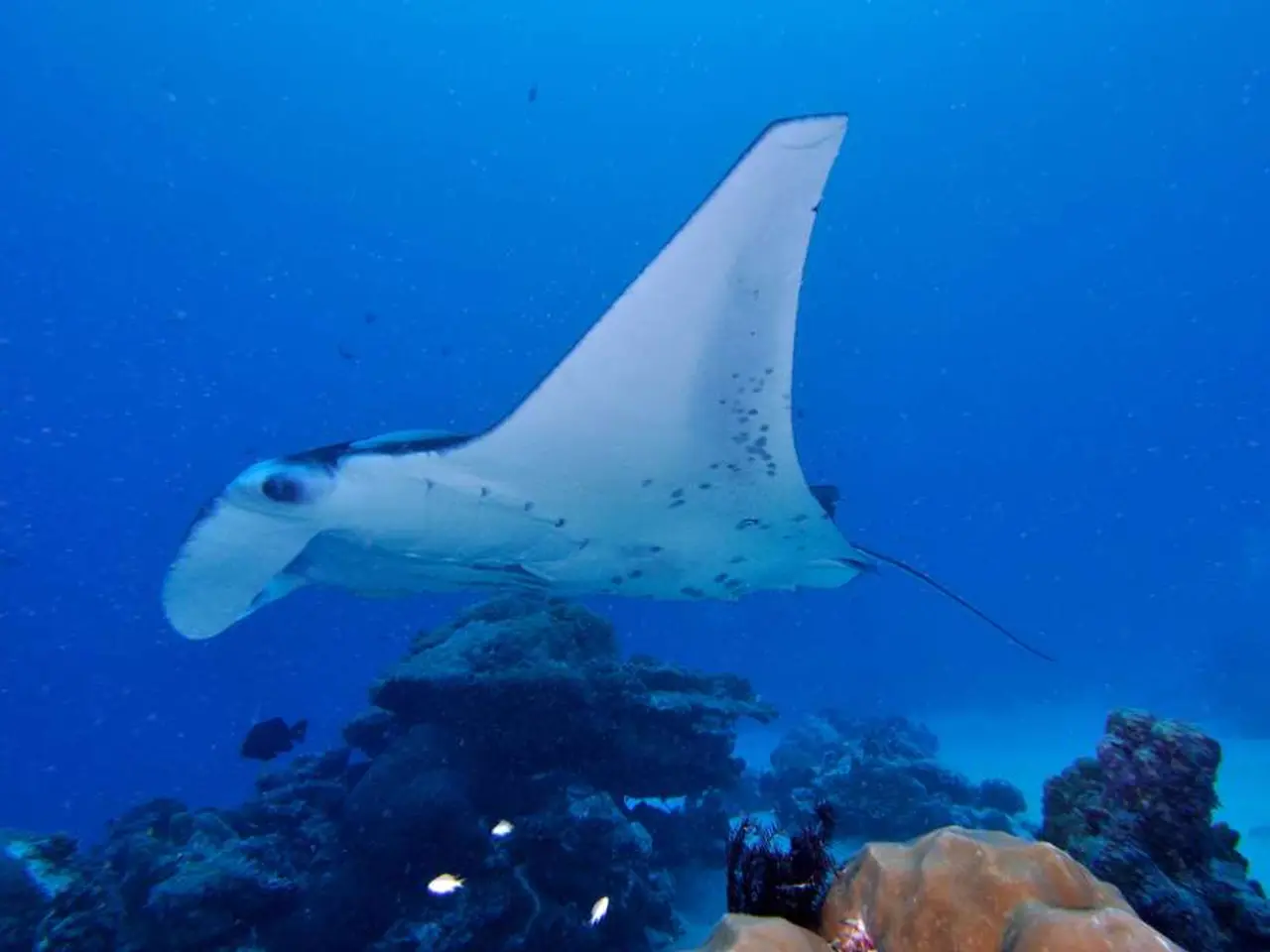Māori Viewpoints on Estuaries
In the realm of Māori culture, the concept of kaitiakitanga holds significant importance. This term signifies guardianship or stewardship over people and the environment, integrating spiritual, cultural, ancestral, and ecological values [1][2].
For Apanui Skipper and Weno Iti, kaitiakitanga is a vital aspect of their culture. As tangata whenua (people of the land), they consider it their responsibility for the care and protection of the environment, particularly estuaries [1]. This responsibility extends beyond mere environmental or economic management, recognising estuaries as ancestral taonga (treasures) that hold spiritual and cultural connections [1].
The concept of kaitiakitanga aligns with the principle of ki uta ki tai (“from the mountains to the sea”), which underscores integrated resource management that honours cultural, ecological, and scientific knowledge for the protection of freshwater and marine environments linked to estuaries [4].
A downloadable Word file, available for public access, offers an activity focused on Māori perspectives concerning estuaries. This resource includes introduction/background notes, what is needed, what to do, items found in estuaries, and Maori name cards [3].
Further resources, such as the article "Estuaries - a context for learning" and Te Ara's "Mātaitai - shellfish gathering", delve deeper into the biological and ecological functions, cultural and economic aspects, geological and geographical features, and human impacts on estuaries [5][6]. These resources, like the aforementioned Word file, are related to the Māori perspective on estuaries.
In addition, a glossary of Māori words associated with the intertidal zone (Hinekirikiri) is available for download as a PDF [7]. This glossary is separate from the Word file about kaitiakitanga but is related to the topic of estuaries.
In summary, kaitiakitanga is guardianship by Māori over natural resources, deeply rooted in ancestral, spiritual, and ecological relationships [1][2]. It obliges tangata whenua to protect estuaries as living systems with cultural and spiritual significance, not solely as environmental or economic entities [1]. This holistic worldview supports sustainable management practices respecting the interconnectedness of land, water, and people (ki uta ki tai) [4].
These aspects make kaitiakitanga central to Māori perspectives on estuaries, informing resource management approaches that blend traditional knowledge and tikanga with environmental stewardship [1][2][4]. The resources published by Referencing Hub media serve as valuable tools for understanding and appreciating this significant Māori concept.
Science and environmental science play important roles in understanding the biological and ecological functions of estuaries from a Māori perspective. Education and self-development resources, such as the Word file on kaitiakitanga, articles, and a glossary of Māori words, offer insights into the cultural, spiritual, and ancestral connections linked to estuaries, enabling learners to appreciate and apply this understanding in the realm of education and self-development.




